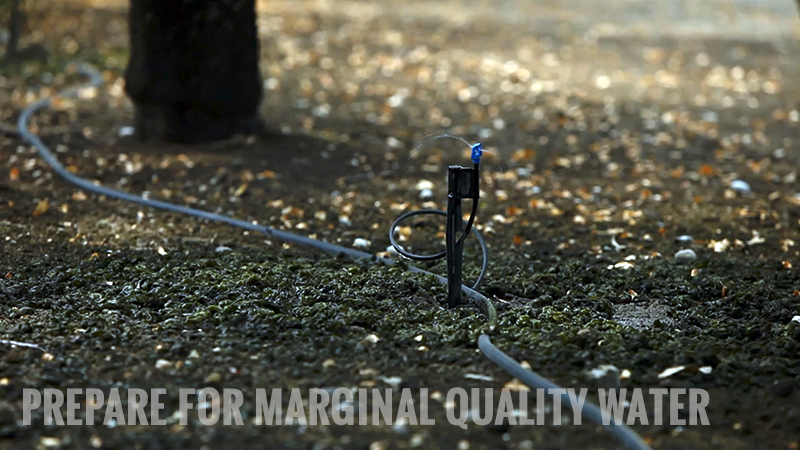Efforts To Save Water Pay Off Big for 7 Northeast Florida Growers
Farmers looking to grow greener can earn more green for them — lots of it, actually. Florida’s St. Johns River Water Management District recently approved the execution of seven contracts that will provide local growers in the Tri-County Agricultural Area (TCAA) with more than $860,000 in cost-share funds. Together, these projects will reduce water use by 44 million gallons per year and significantly reduce the amount of harmful nutrients entering nearby water bodies, including the St. Johns River and Crescent Lake.
The Tri-County Agricultural Area Water Management Partnership Cost-Share Program was developed to assist farmers and growers who choose to implement projects that conserve water, reduce nutrient loading, and result in more efficient farm management in Flagler, Putnam, and St. Johns counties. Approved projects will receive up to 75% of cooperative funding, not to exceed $250,000 per applicant annually, toward the design, construction, and implementation of technologies and strategies to improve water efficiencies and protect natural systems.
Farm projects receiving the funds are:
- L & M Farms (Putnam County) – Installation of precision fertilizer equipment
- Jeff Parker Farms (St. Johns County) – Irrigation conversion
- John M. Seay Farms (Flagler County) – Installation of precision land leveling
- Smith and Johns, Inc. ( Johns County) – Irrigation conversion
- Tater Farms ( Johns County) – Installation of precision fertilizer equipment
- Wesley Smith (St. Johns County) – Installation of precision fertilizer equipment
- YuAn Farms (St. Johns County) – Irrigation conversion
More than half of this year’s funded projects include the installation of precision fertilizer equipment, which results in less fertilizer being applied to crops through more accurate placement, as well as adjustable-rate application. The growers can use GPS controllers to avoid overlapping fertilizer patterns and apply fertilizer in various portions of their fields based on the different soil types found on their property.
Multiple agencies partner to contribute cost-share funding to growers in the area, including the Florida Department of Environmental Protection and the Florida Department of Agriculture and Consumer Services. A fourth partner, the Natural Resource and Conservation Service, also provides cost-share opportunities to TCAA growers through federal dollars. To date, according to SJRWMD, more than 158 projects have received funding from the combined efforts of the four partners.
For information about District cost-share programs, visit sjrwmd.com.








